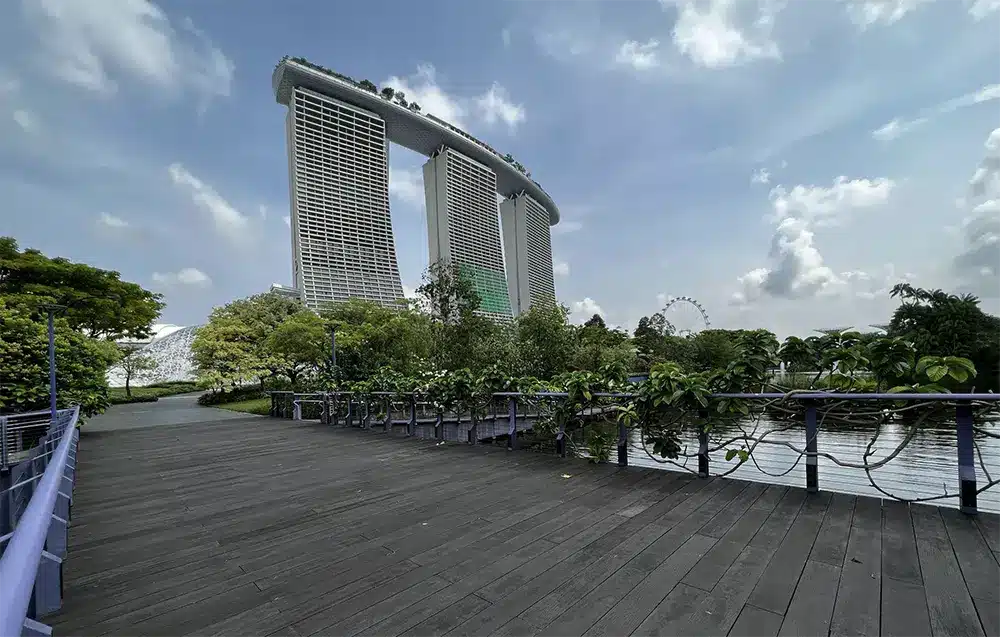THE FUTURE OF CONSTRUCTION: THE RISE OF ES SIMULATED TIMBER (GFRC)
At Envirospec we are proactively looking for steps to create a more sustainable future by reducing environemental impact and we would like to introduce you to the world of ES Simulated Timber (GFRC) a material that is not only transforming the construction industry but also paving the way for a more sustainable future.
In this blog post, we will define ES Simulated Timber, discuss its sustainable benefits, and underscore the importance of sustainable construction materials. Our goal is to demonstrate the superiority of ES Simulated Timber over traditional timber, particularly in terms of sustainability.
What is GFRC Simulated Timber?
GFRC stands for Glass Fiber Reinforced Concrete, an overlooked material that has been gaining traction in the construction industry due to its remarkable properties. GFRC simulated timber is designed to replicate the aesthetic qualities of natural wood while harnessing the strength and durability of concrete. In a nutshell, the material is made by embedding glass fibers in a concrete matrix, which results in a material that is not only strong and durable but also lighter than traditional concrete.
The sustainability of ES Simulated timber is one of its most compelling attributes. Here are some of the key benefits that make GFRC timber the greener choice in today’s construction:
Resource Efficiency: ES Simulated timber utilises recycled materials and reduces the reliance on natural timber, thereby helping to preserve our forests and biodiversity.
Energy Conservation: The production and fabrication process of ES Simulated timber is more energy-efficient compared to traditional timber, leading to a lower carbon footprint.
Durability: With its high strength and resistance to environmental factors such as Falling branches, heavy storms and termite attacks, ES Simulated timber has a significantly longer lifespan than traditional or composite timber, which overall leads to less frequent replacements and reduced resource consumption over time.
Low Maintenance: ES Simulated timber requires minimal upkeep, which not only saves resources but also reduces the use of potentially harmful maintenance products. Additionally, ES Simulated timber removes the need entirely for termite treatment and prevention products.
The Importance of Sustainable Construction Materials
In today’s Modern’s construction, the construction industry plays a significant role in every economy, but it also has a substantial and sometimes even damaging environmental effcts towards the planet. Sustainable construction materials like ES Simulated timber timber are vital because they help mitigate this impact by reducing waste, conserving natural resources, and lowering the overall greenhouse gas emissions. By incorporating sustainable materials into building projects, we can ensure that our structures are not only safe and strong but also environmentally responsible.
In conclusion, ES Simulated timber is not just a material; it’s a commitment to a sustainable future. At Envirospec, we are proud to specialise in this innovative material, and we are dedicated to helping our clients make choices that are both aesthetically pleasing and environmentally conscious. Join us in embracing ES Simulated timber, the sustainable building material of tomorrow.



